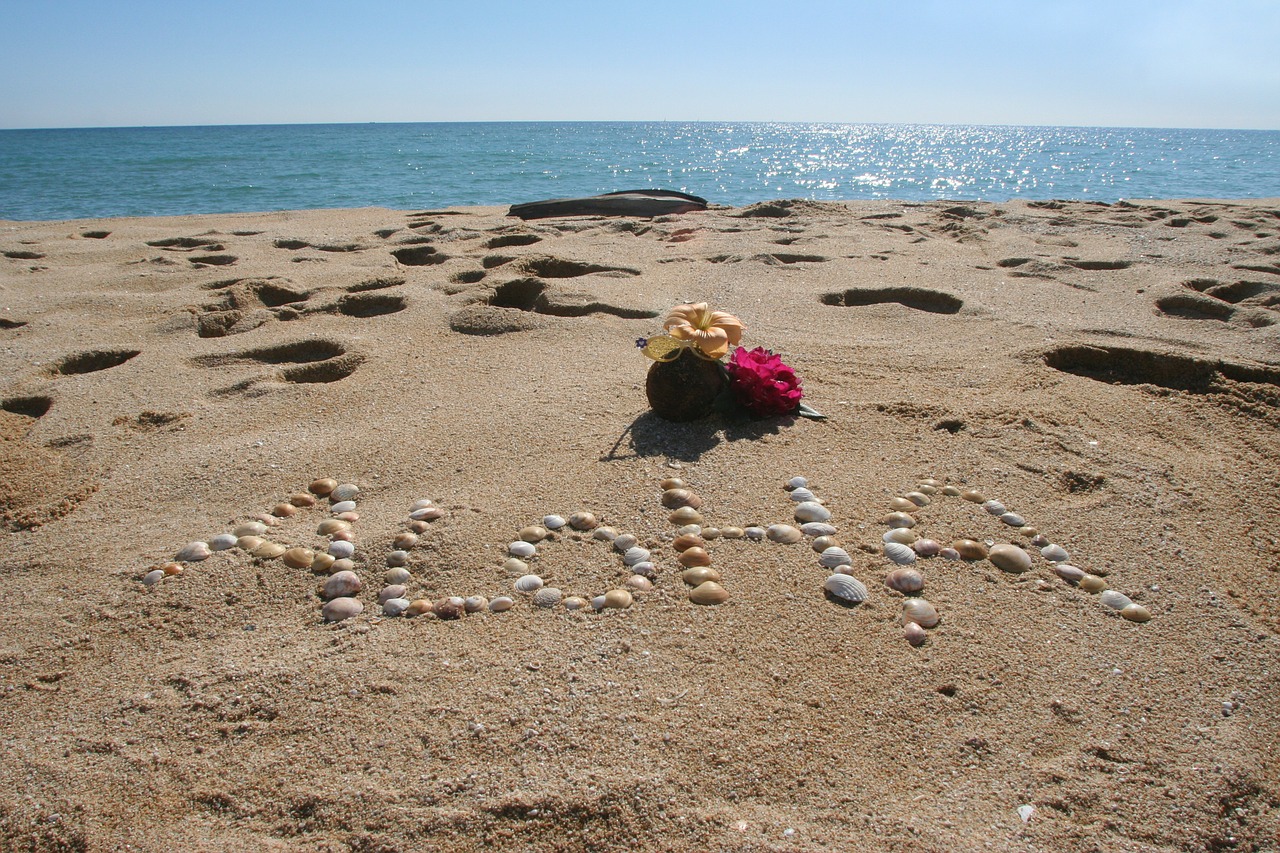While Hawaii is a part of the United States, relocating there presents some unique challenges that don’t apply when moving between states in the continental U.S. The remote location of the islands and the laws governing that state makes this type of move uniquely difficult, even for members of the military. By learning about what to expect in advance, you’ll be better prepared for the reality of moving to this tropical paradise.

1. Getting Your Possessions to Hawaii
One of your biggest concerns in relocating to Hawaii may be with getting your belongings to your new home. Unlike other moves, you can’t simply rent a moving van and drive to Hawaii. This means shipping everything via government-approved moving companies, and there are often delays that can put a crimp in your best-laid plans. While this might make you think twice about bringing everything, the alternative is even less attractive. Suppose you decide to sell your furniture and buy new items, once you get to Hawaii. Unless you’re able to find everything you want “on the island,” you’ll likely be waiting for six weeks or more for your items to arrive from the mainland.
2. Finding a Place to Live
As soon as you received your orders taking you to Hawaii, you very likely started looking for accommodations. If that’s the case, you’ve already discovered that housing in Hawaii is very expensive, rivaling many California areas. For instance, a small house in Manoa will run at least $900,000. You’ll pay a similar price for most large condos in Waikiki. Average home prices run a bit lower on the west side of the main island, starting at around $650,000.
Expect to pay much more on the north side; $1.5 million isn’t uncommon for that area, though you get more for your money. It’s a less urban area so that you can get a property with up to an acre of land for that price. More affordable housing is difficult to find and, due to a housing shortage, the best places will typically be snatched up fast. If you’re looking to save money on housing, try finding on-base housing.
3. Expect Delays in Getting Your Pet Approved
If you are moving to Hawaii with pets, be aware that Hawaii has strict regulations concerning the importing of live animals, so you’ll have to apply to get permission to bring your pets to the island. The reason for this is because Hawaiian officials want to make sure your pets aren’t bringing rabies or other diseases onto the island. This means subjecting every pet to medical tests to ensure the animal is safe. Even after your pets have been released from a brief quarantine, your problems won’t be over. Few property owners have allowances for pets, so finding a rental that allows pets will make the housing search that much more problematic.
4. Establish Your Residency ASAP
Once you get settled, your next order of business should be to get your Hawaiian driver’s license and change other necessary documents. The cost of living is high in Hawaii, but it’s even higher for tourists. By being able to prove your residency, you’ll be eligible for discounts and special rates that will lessen the burden on your pocketbook.

5. Keep Moving Costs in Check
Remember that the out of state moving cost is more expensive because everthing must be shipped via air or ocean freight. While most moving expenses are reiumbursed by the government, you must keep your household goods weight allowance within the limits imposed for your rank and number of dependents. If you fail to do so, you may have to pay the extra costs for your move.
While these are the major points to consider in relocating to Hawaii, you’ll want to do your research, as well. By learning more about the culture and what will be expected of you as a new resident, you and your family will find it easier to get acclimated. The better prepared you are for the move, the more you’ll enjoy your time on the island.

